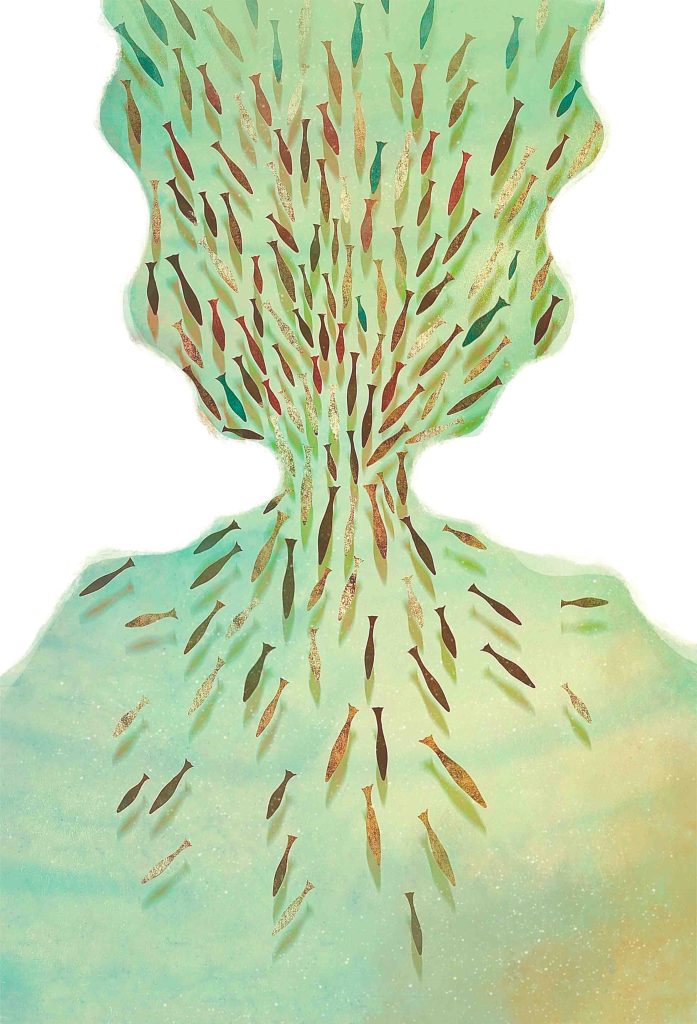Fire plays an important role in tropical deciduous forests across the globe. Most fires are deliberately or accidentally set by people. Records of natural lightning-caused fires in tropical deciduous forests exist, but are rare. My colleagues and I have conducted a series of experimental and observational studies on fire and its effects on vegetation in subtropical deciduous forests of central and south India. We have monitored the patterns of tree diversity and size-class distribution in forests that represent varying disturbance histories: secondary forests, plantations, and long-undisturbed deciduous forests.
We examined the effects of fire on diversity and stature of seedlings and juvenile trees. Effects on seedling diversity were simple: seedlings either survived fires, or were killed, with more seedlings surviving in plots protected from fire after 2 years of fire exclusion. The effects of fire on diversity of juvenile trees were less straight-forward. The effects were mediated by a greater proliferation of resprouted shoots, or ramets, in repeatedly burnt forest areas. In plots that were burnt, species composition was biased in favour of those species that could resprout, and these at times produced hundreds of shoots within a small area. Plots protected from fire, on the other hand, had a lower density of ramets. Our study also showed that the relative height growth of juvenile trees and seedlings was adversely affected by fires. Plant growth was stunted, and we hypothesised that this would have a strong effect on the future development of the forest canopy and the understory light environment in these deciduous forest ecosystems. We also found that as little as two years of fire-exclusion was sufficient to have a positive impact on the diversity of seedlings and juvenile trees.
Fire eliminated an entire functional group of plants, those that allocated relatively less biomass to roots than to shoots. Examples of these plants included several species of Gardenia, and Stereospermum suaveolens. Biomass allocation in these plants contrasts with allocation by fire-tolerant species such as Madhuca indica, Diospyros melanoxylon, and Terminalia bellerica. We also found that many seedlings died back even when they were not exposed to fire. They died back to the ground in response to drought and sprouted from buried vegetative buds following the onset of the rains. Such seedling dieback followed by successful sprouting suggests that many tree species could be pre-adapted to fire at the seedling stage, sprouting after being burnt to the ground. However, juvenile trees do not show a similar ability to die back in response to drought and sprout, and thus may not be pre-adapted to withstand fires, which top-killed juvenile trees even as tall as 1 metre.
Fire can have important effects on forest structure and diversity in deciduous forests. It is equally important to understand the role of fire in altering ecosystem functioning. For example, research focusing on soil moisture and nutrient dynamics in relation to fire might enhance our understanding of conservation needs in Indian deciduous forests. Deciduous forest plants exhibit an exceptional diversity of structure-function relationship. Plants demonstrate a variety of drought tolerance and drought avoidance strategies, and utilise a range of mechanisms to minimise water loss. Thus the conservation of deciduous forests will not only protect the integrity of species composition but also ensure the maintenance of mechanistic diversity, which is the origin of the diversity of plant functional groups.
Originally published as:Saha, S. and Howe, H.F. 2006. Stature of juvenile trees in response to anthropogenic firest in a tropical deciduous forest of Central India. Conservation and Society 4(4): 619-627.





